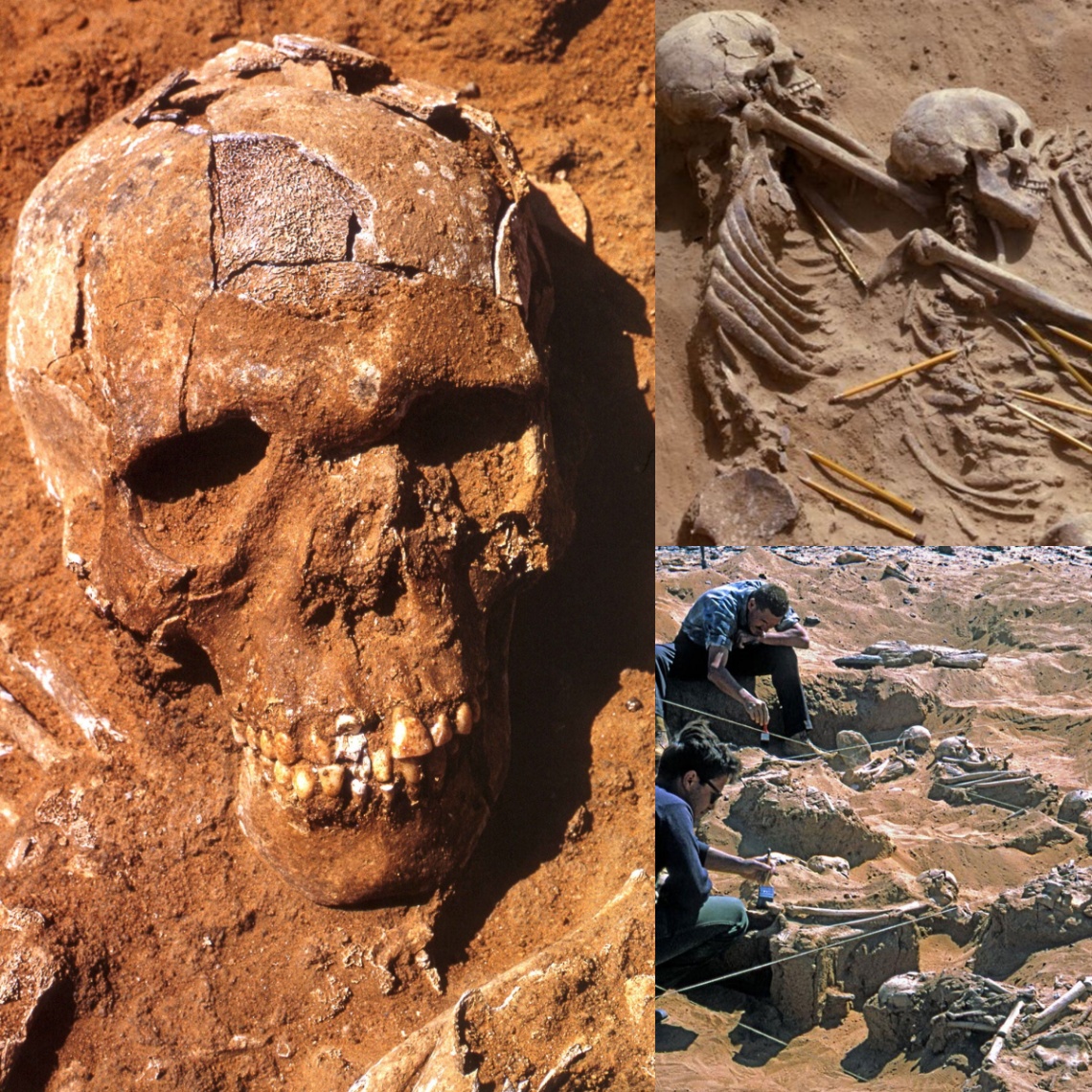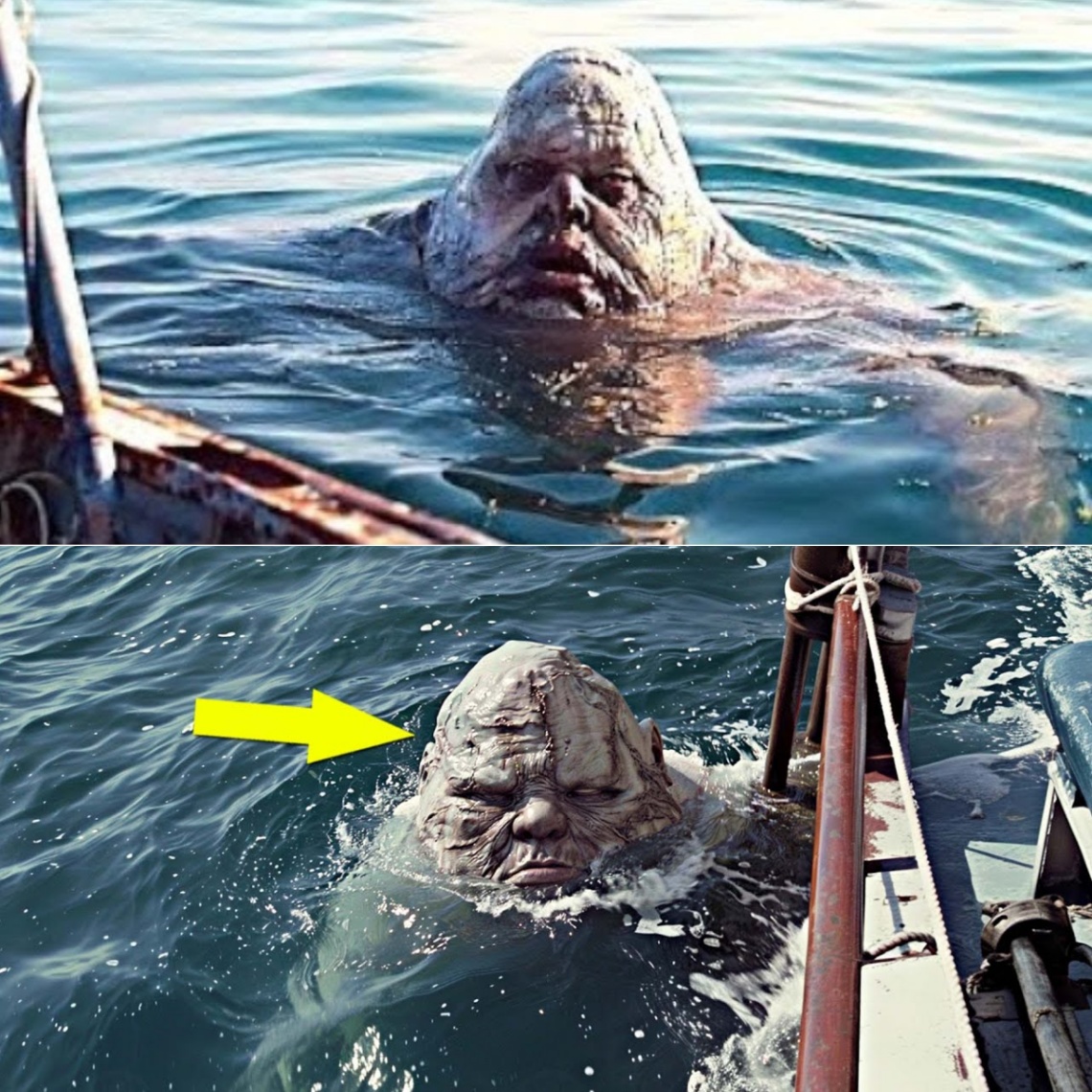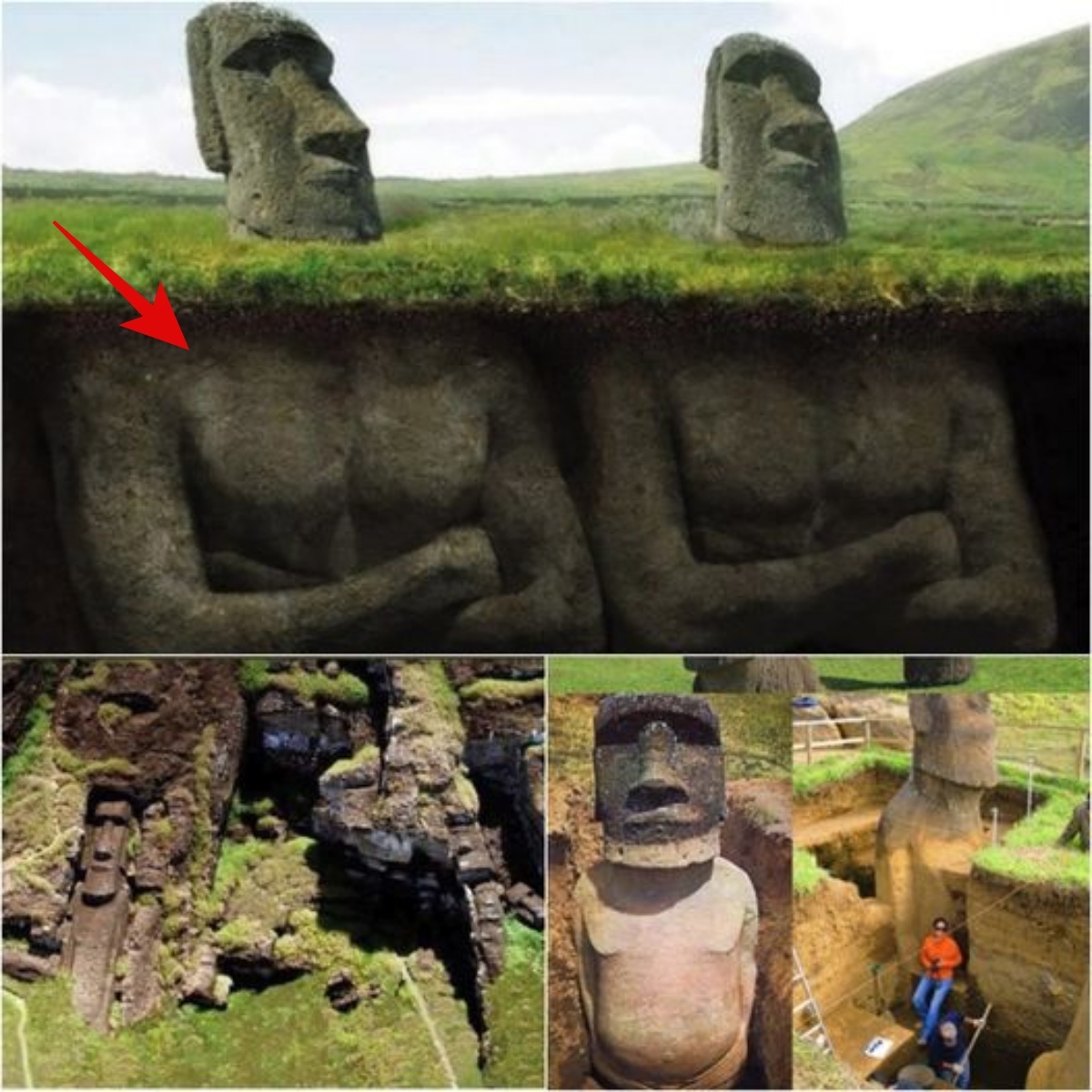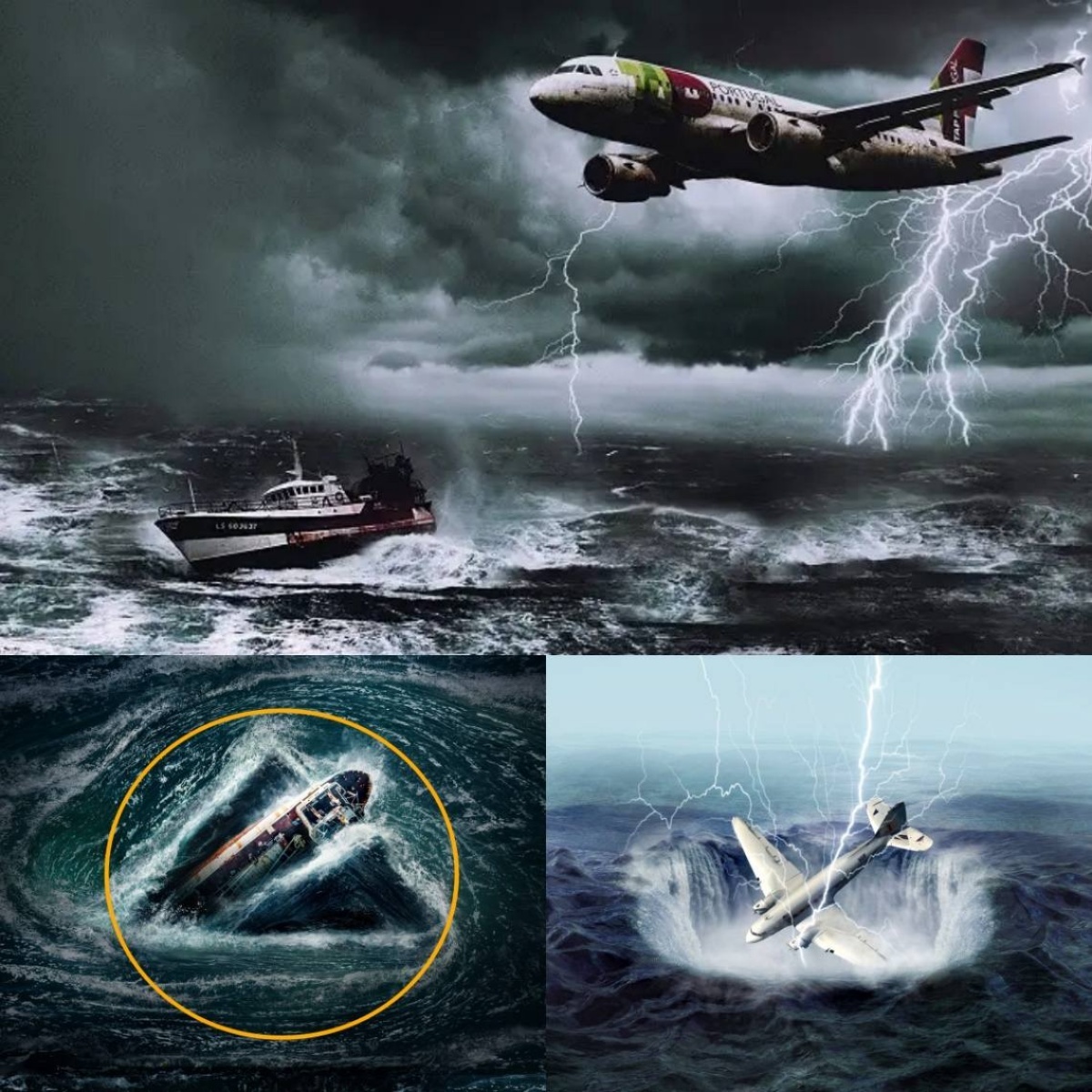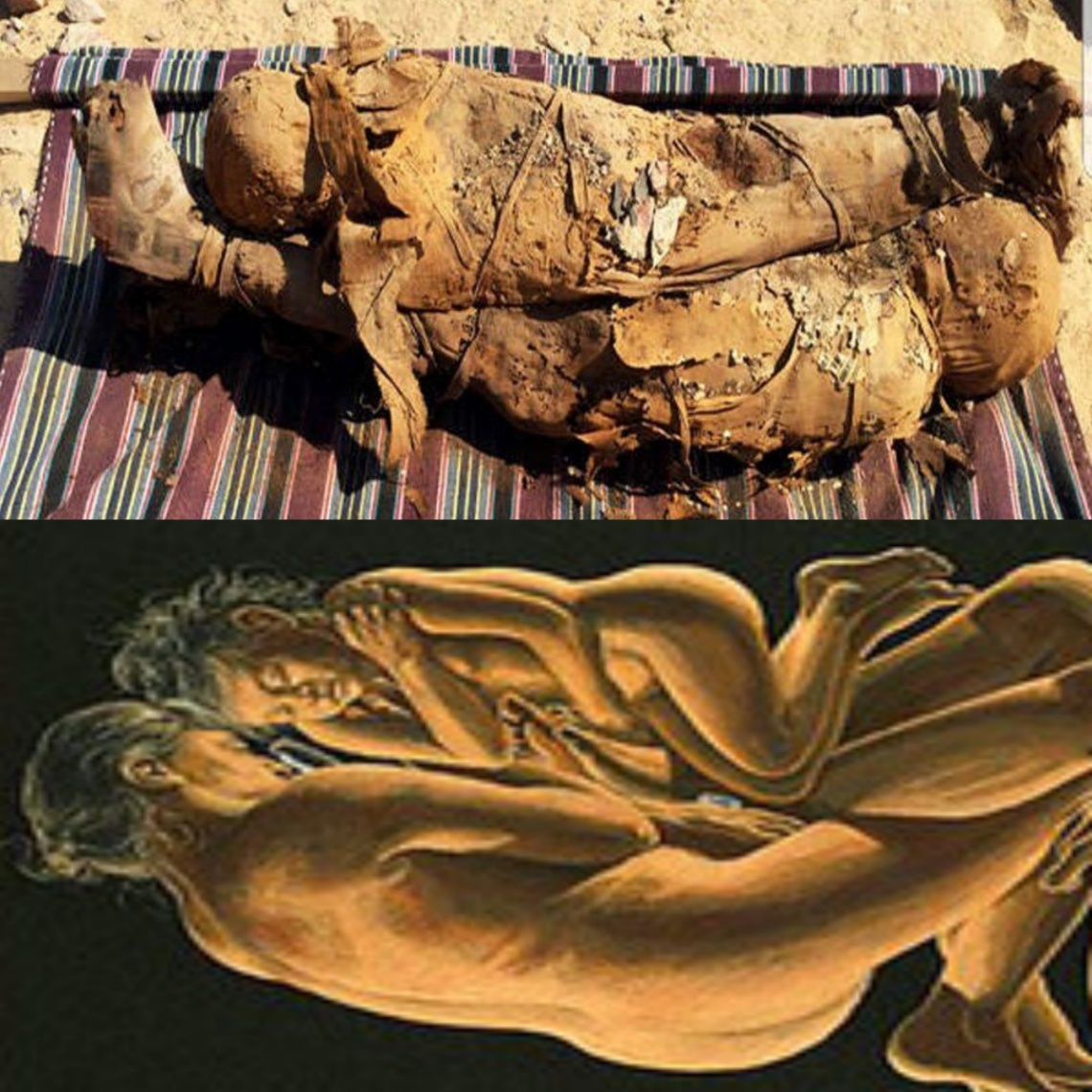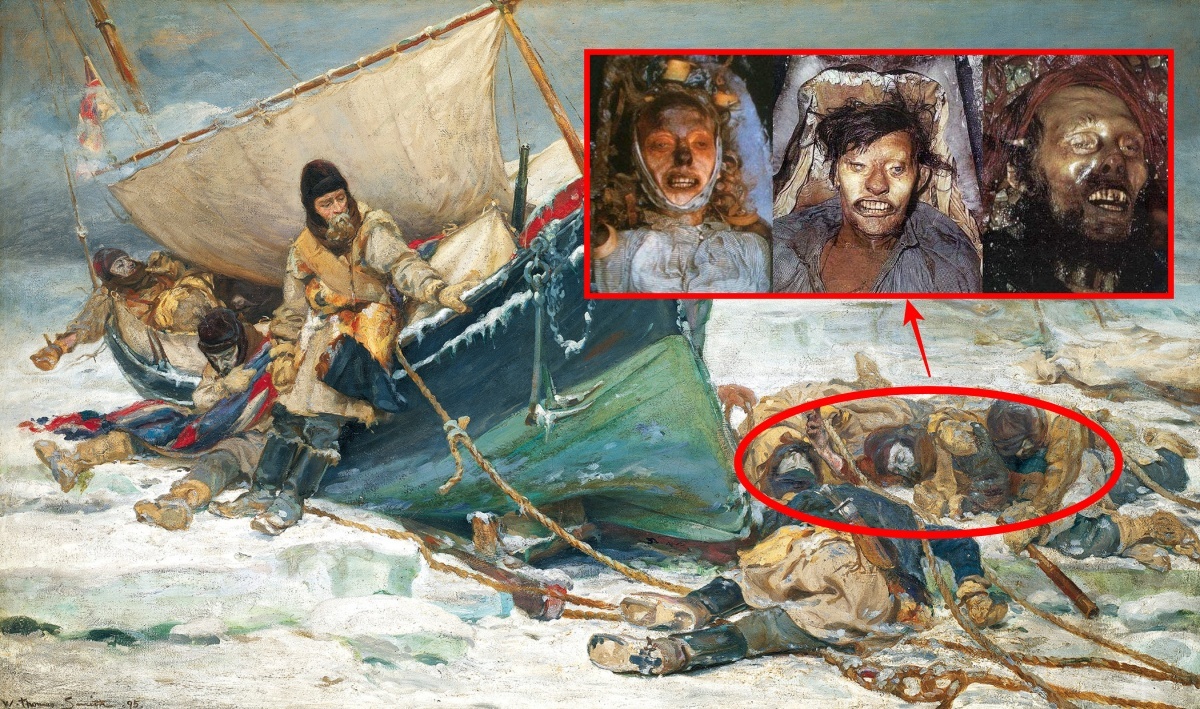In the shadowy corridors of history, few tales are as intriguing and enigmatic as those surrounding the colossal mummies of the 1920s. Unearthed in the sands of Egypt and other parts of the world, these ancient remains have long captivated the imagination of archaeologists, historians, and curious minds alike. Today, we delve into the hidden stories behind these massive mummies, shedding light on their origins, their significance, and the secrets they still hold.
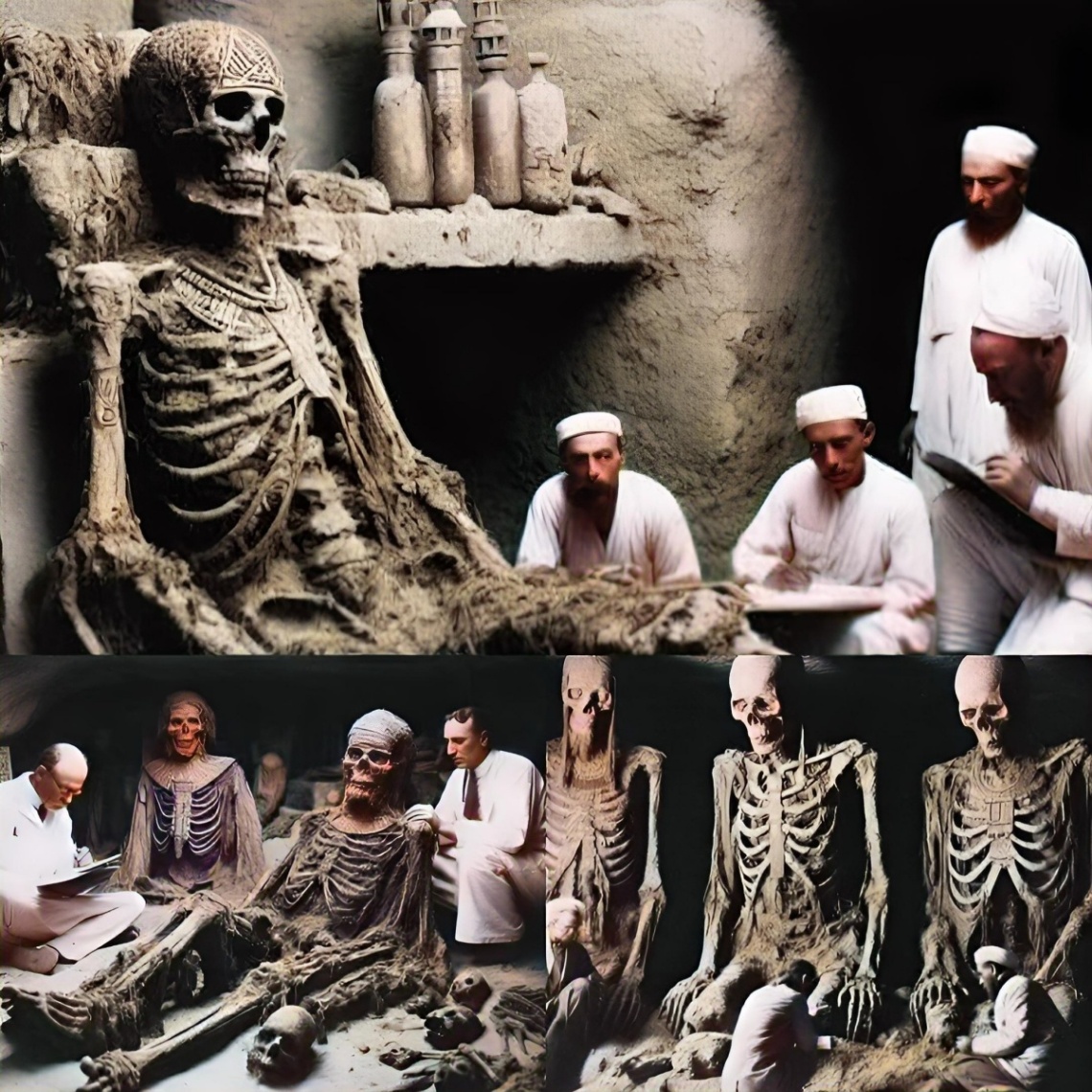
The Discovery: A Time of Exploration
The 1920s was a decade marked by an insatiable thirst for discovery. The post-World War I era saw a resurgence of interest in archaeology, with explorers venturing into the remotest corners of the globe. Among the most notable discoveries were those of the colossal mummies—gigantic human remains that defied the conventional understanding of ancient civilizations.
One of the most remarkable finds was in Egypt, where British archaeologist Howard Carter unearthed the tomb of Pharaoh Tutankhamun in 1922. While Tutankhamun’s tomb is famed for its treasures, lesser-known finds from the same era include the gigantic mummy of Pharaoh Amenhotep III. This colossal figure, with its remarkably preserved features, provided new insights into the grandeur of ancient Egyptian royalty.
The Giants of Ancient Civilizations
Beyond Egypt, other regions also yielded their own colossal mummies. In South America, archaeologists uncovered the remains of what are believed to be the giants of the Inca civilization. These mummies, often found in remote mountain graves, suggested that the Incas revered their ancestors with a ritualistic grandeur that spoke volumes about their culture’s beliefs in the afterlife and the divine.
Similarly, in the deserts of China, the discovery of massive tombs belonging to the Xia and Shang dynasties revealed enormous mummies, suggesting a lineage of rulers who were not only powerful but also physically imposing. These finds have led to new theories about the stature and health of ancient rulers, challenging long-held notions about ancient human biology and genetics.
The Science Behind the Mystique
The examination of these colossal mummies has spurred advancements in various scientific fields. Radiocarbon dating, DNA analysis, and forensic anthropology have all played crucial roles in unraveling the mysteries hidden within these ancient remains. Scientists have discovered that many of these giants suffered from conditions that today would be considered debilitating, such as gigantism and acromegaly, diseases that caused their extraordinary size.
Moreover, the study of the mummies’ clothing, burial artifacts, and even their skeletal structure has provided invaluable clues about their diets, lifestyles, and the diseases that plagued them. These findings have not only enriched our understanding of ancient cultures but also challenged and expanded our knowledge of human evolution.
The Legacy: Stories That Endure
As we continue to unearth and study these colossal mummies, their stories remain a testament to the complexity and richness of ancient civilizations. They remind us that the past is not a distant memory but a living, breathing entity that shapes our understanding of humanity. Each mummy, with its unique set of circumstances and preserved secrets, contributes to a larger narrative—a story of human endurance, innovation, and the ceaseless quest for knowledge.
Today, as modern technology and interdisciplinary research continue to advance, the hidden stories of the 1920s mummies are slowly being revealed. These discoveries are not merely academic; they are a bridge to our past, offering insights that resonate with the present and will continue to inspire future generations.
In conclusion, the colossal mummies of the 1920s are not just relics of an ancient world but are profound narratives waiting to be told. As we continue to peel back the layers of history, we uncover not just the remains of long-gone giants, but the enduring legacy of human civilization—a legacy that, in many ways, we are still striving to understand and appreciate today.
